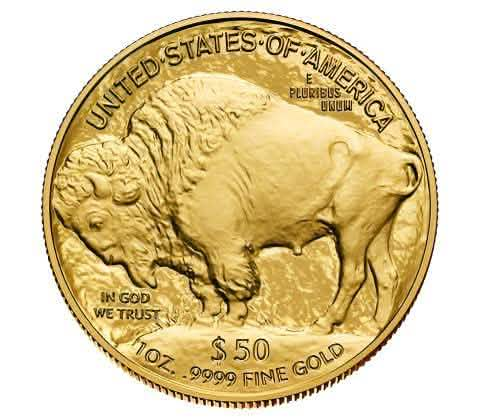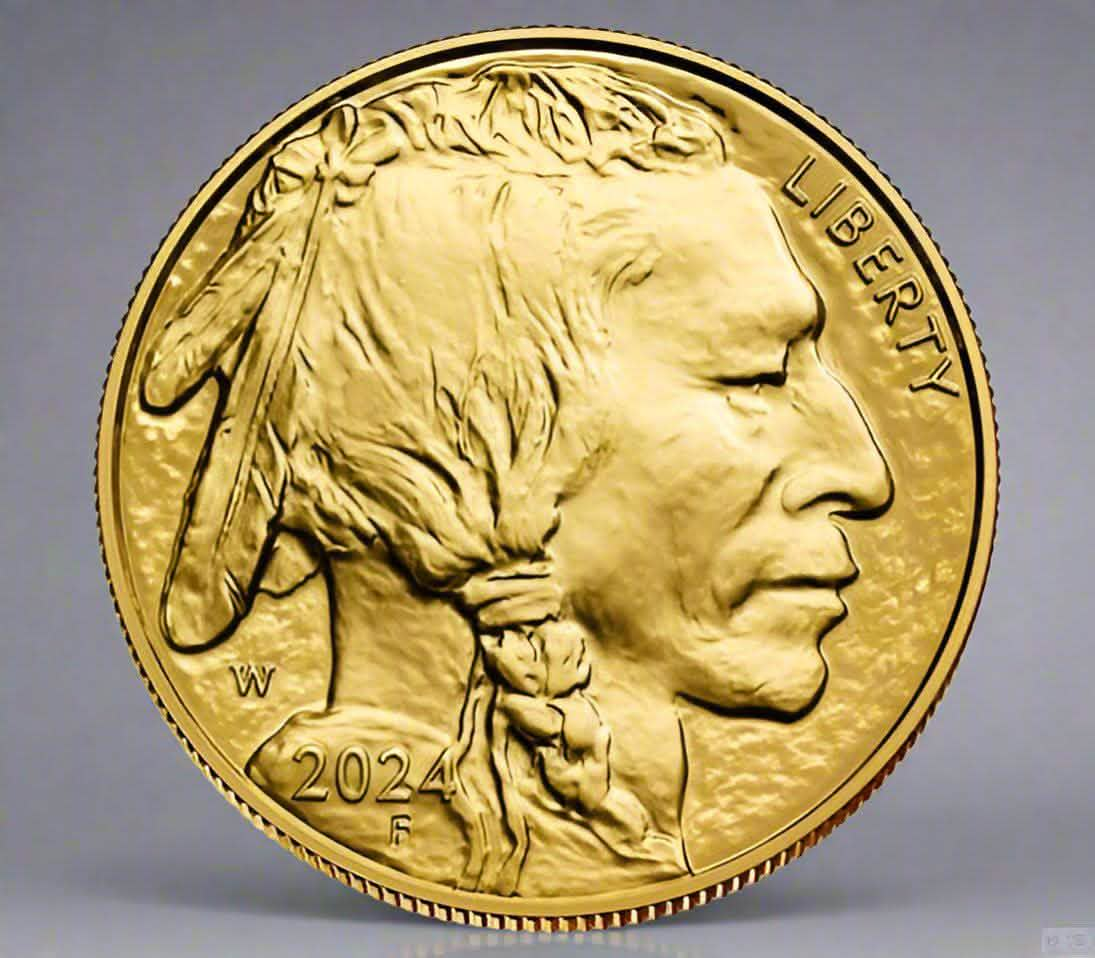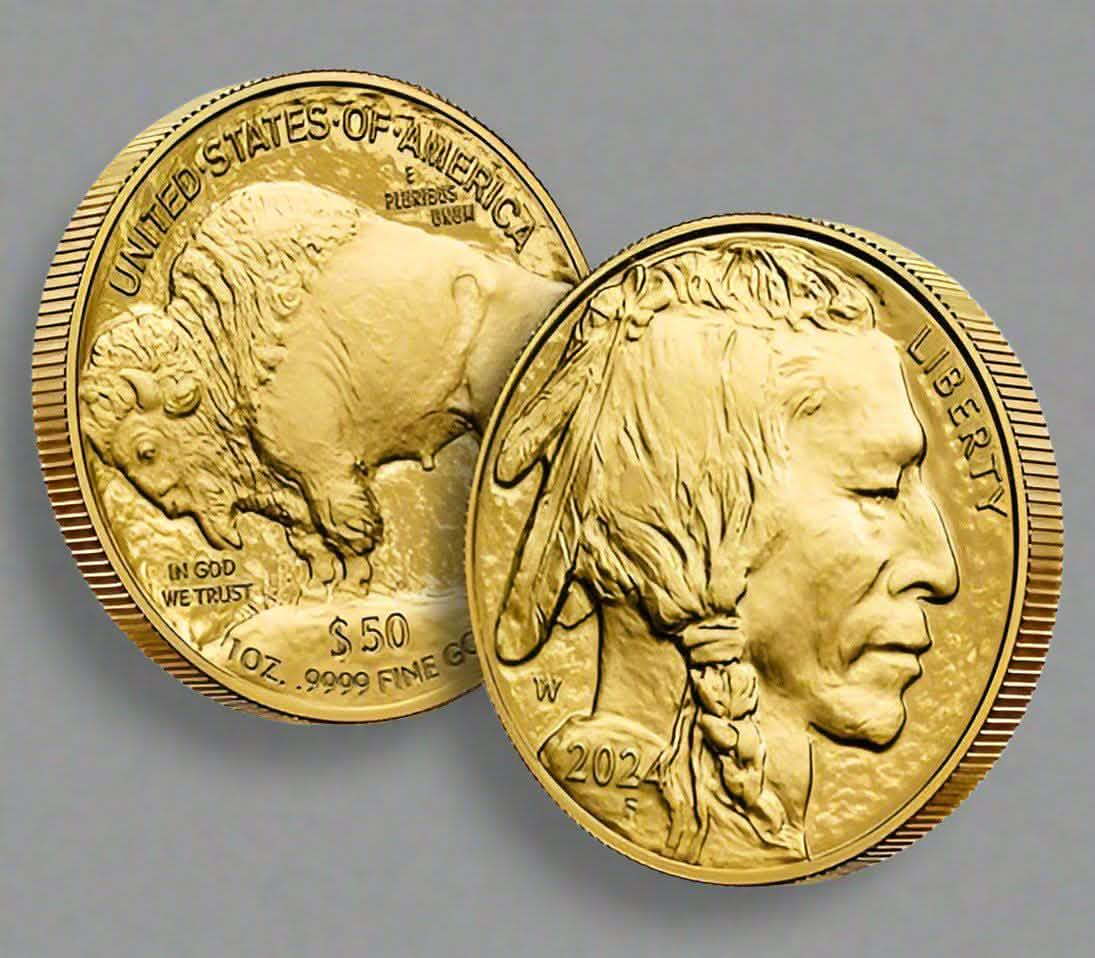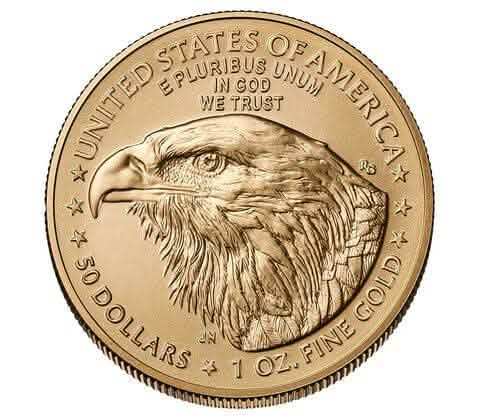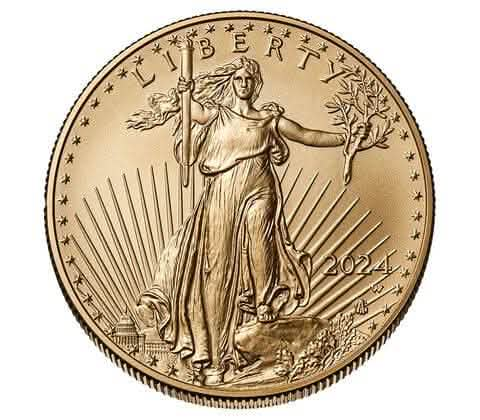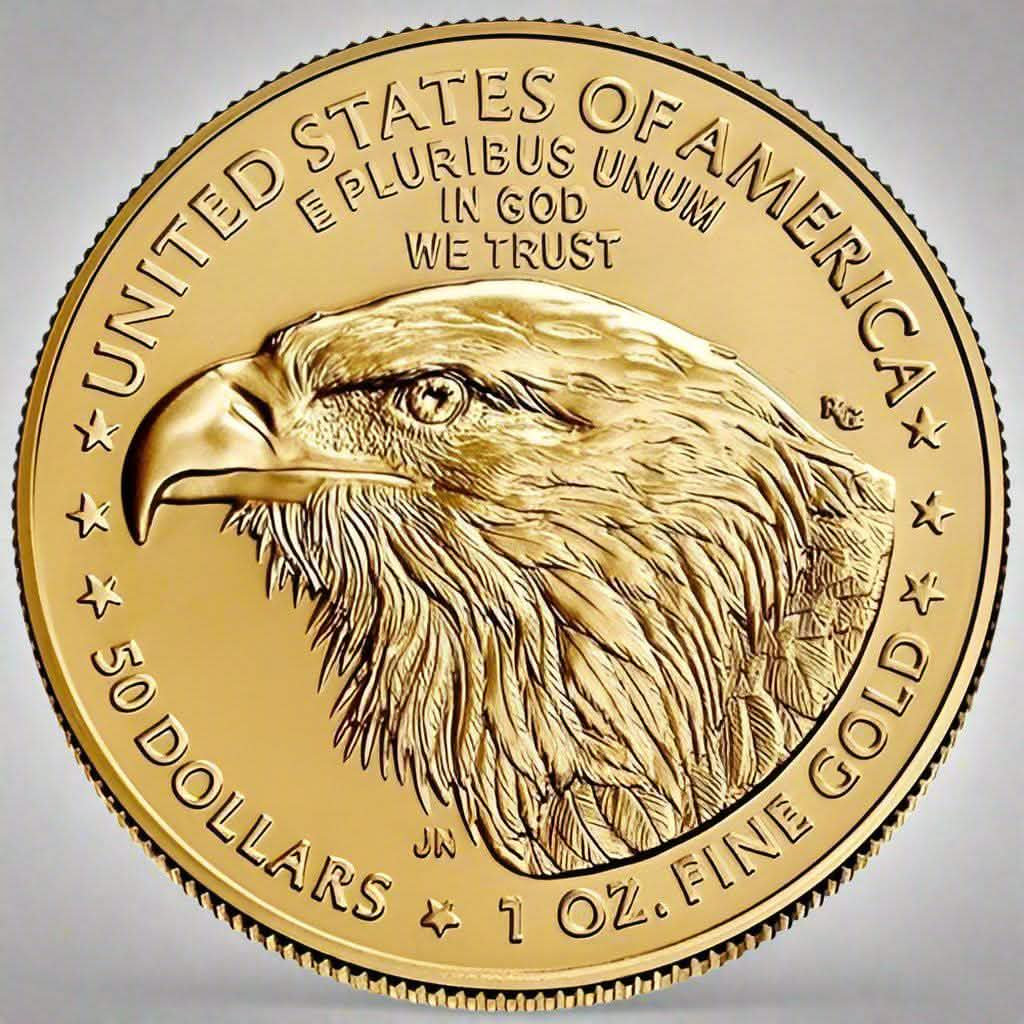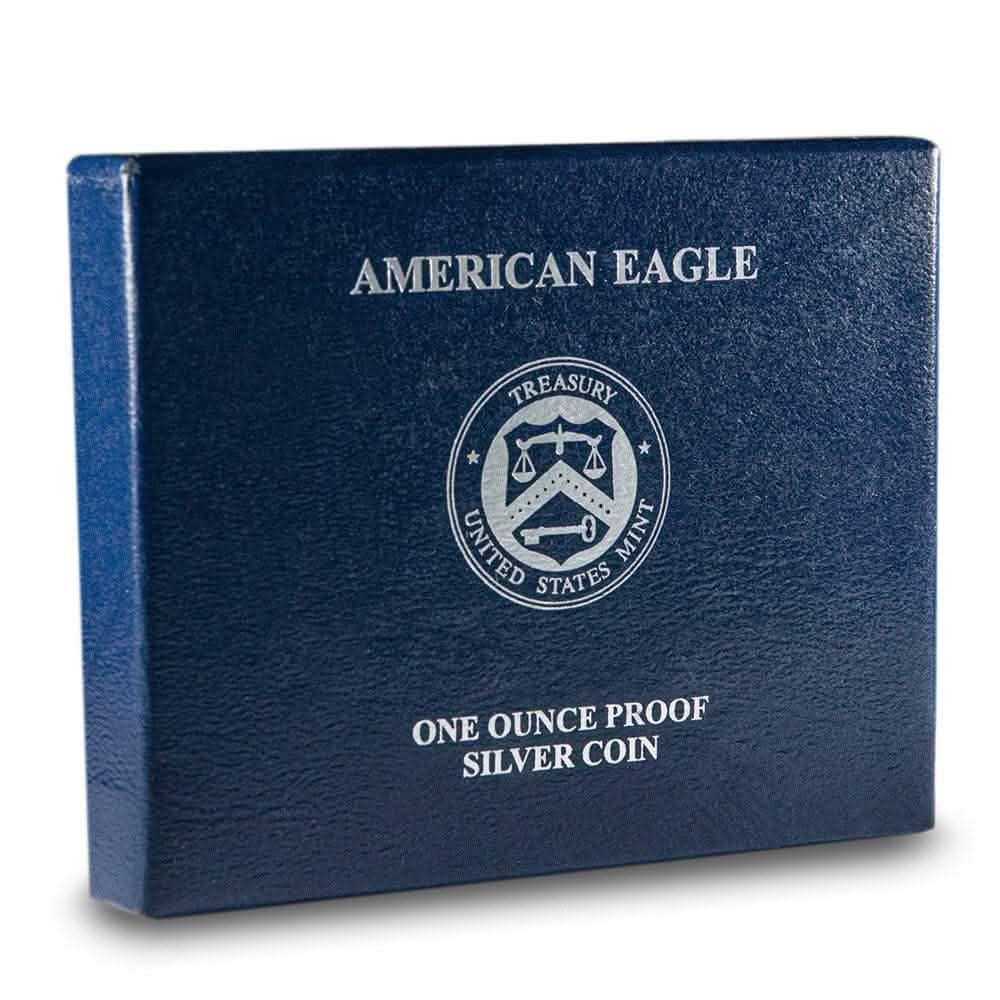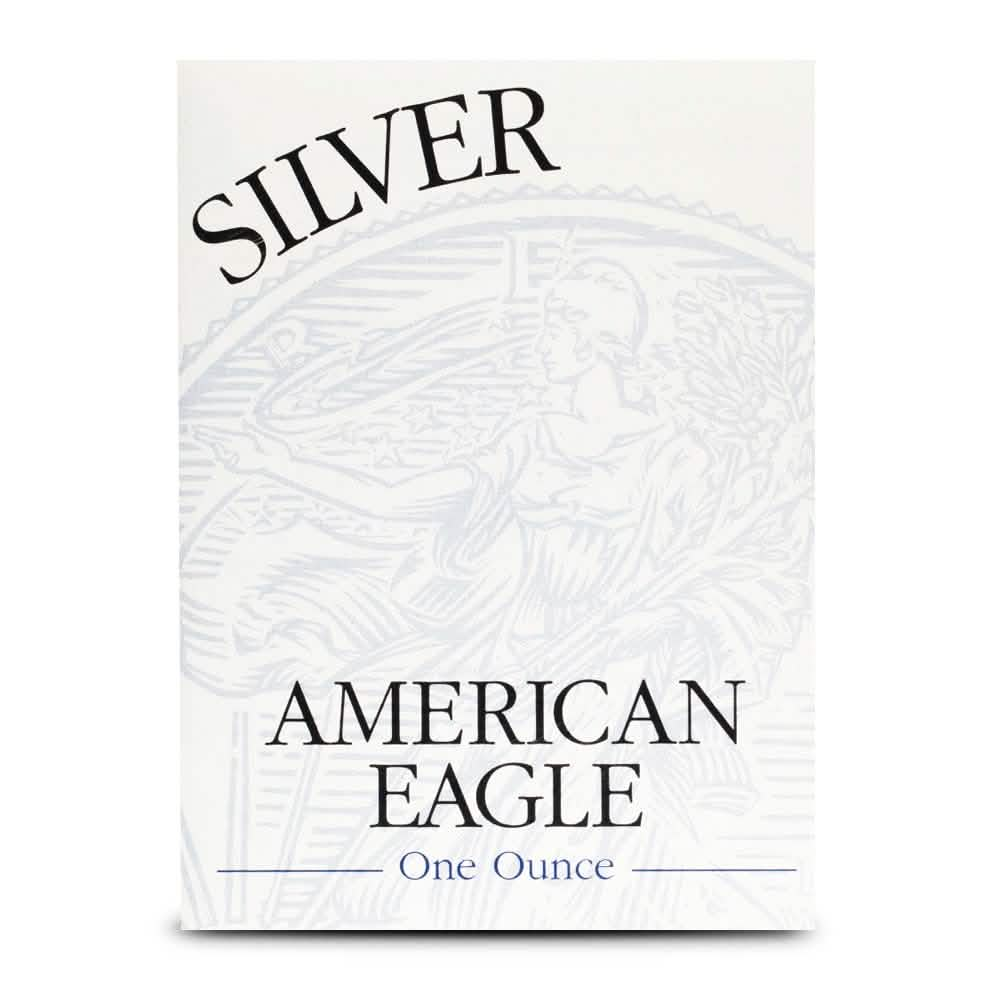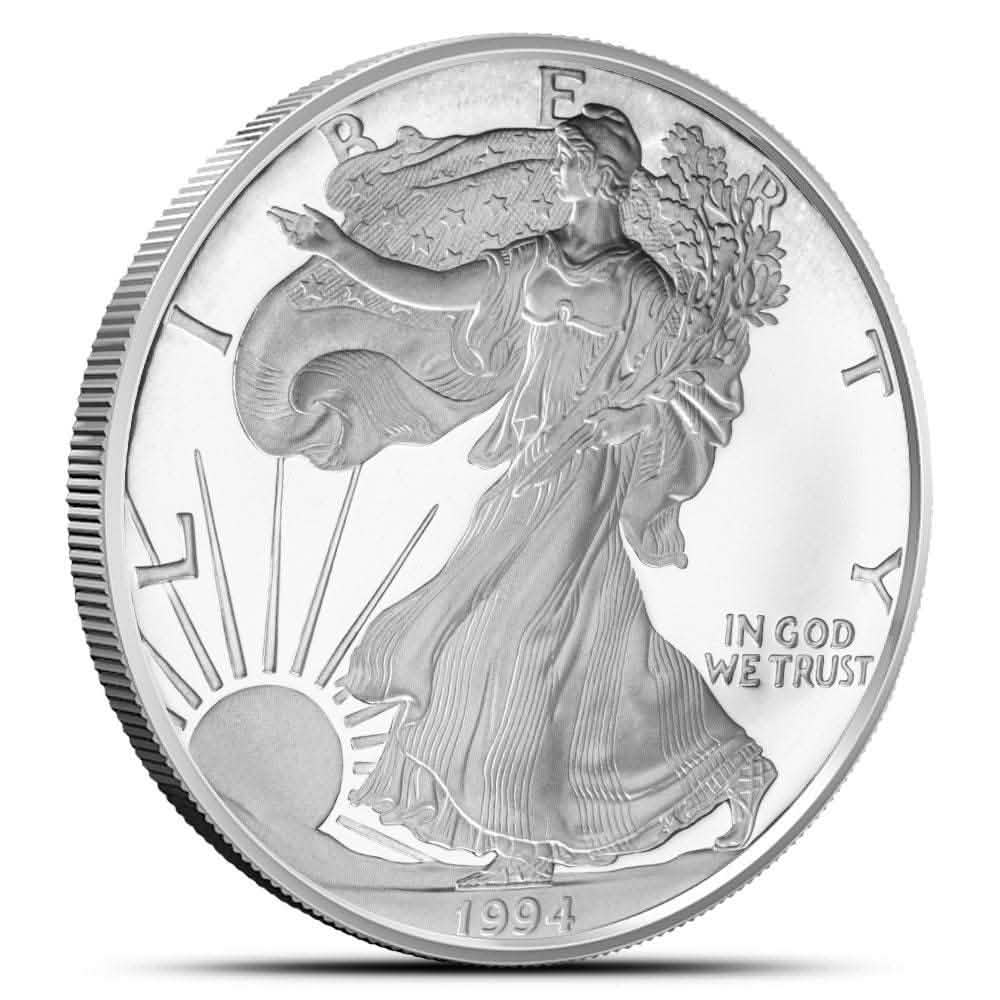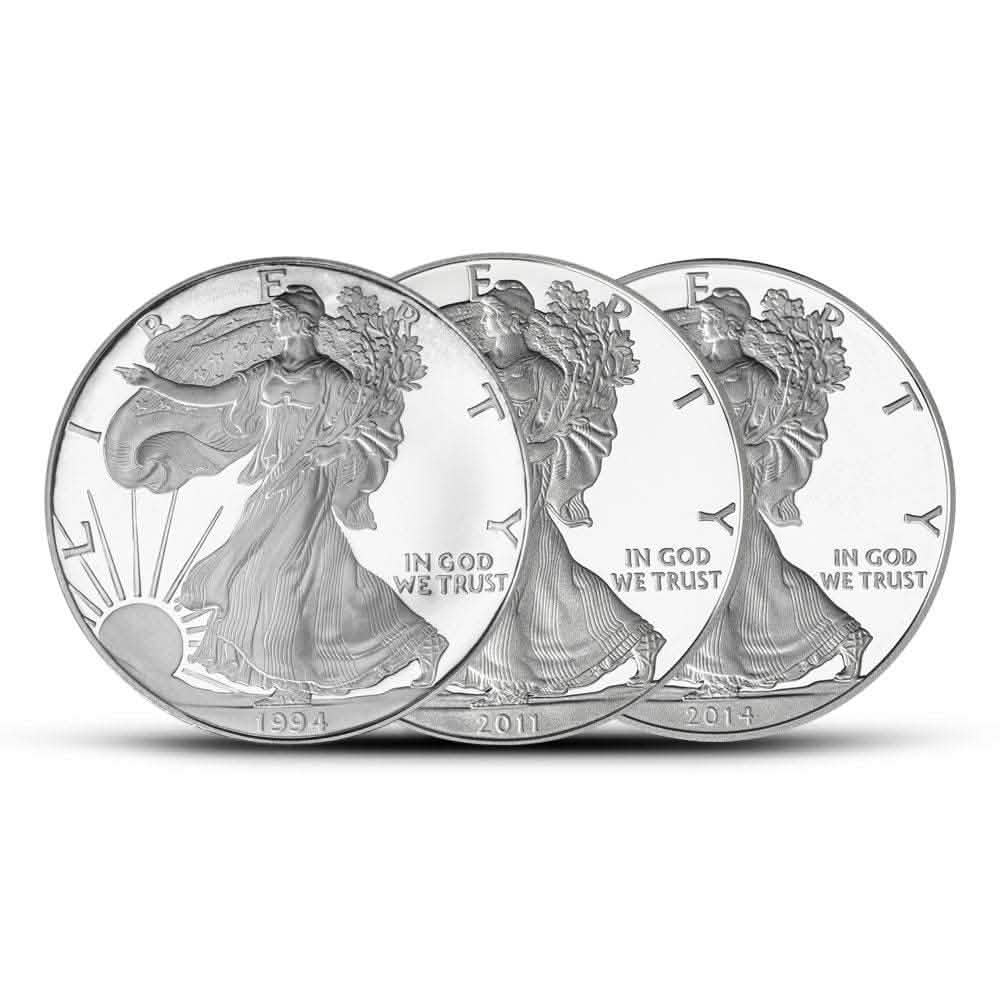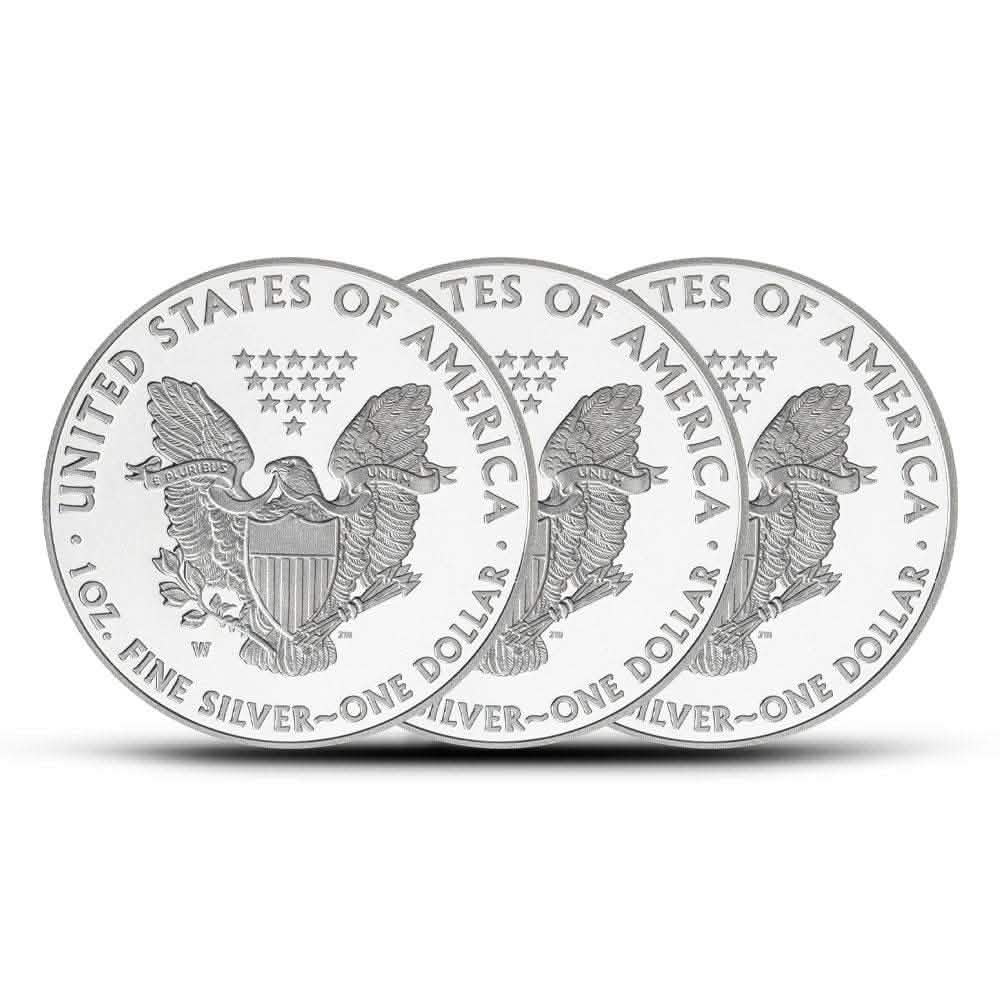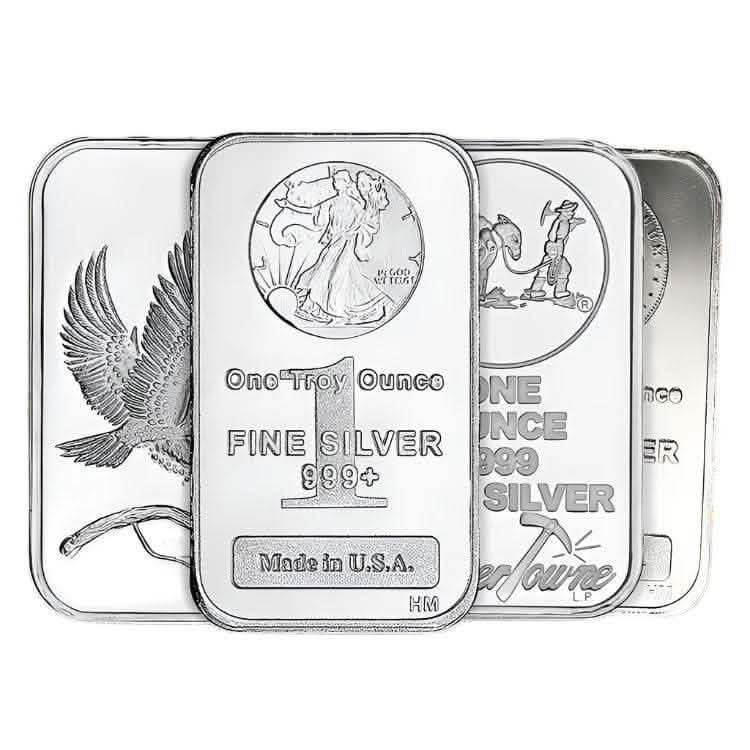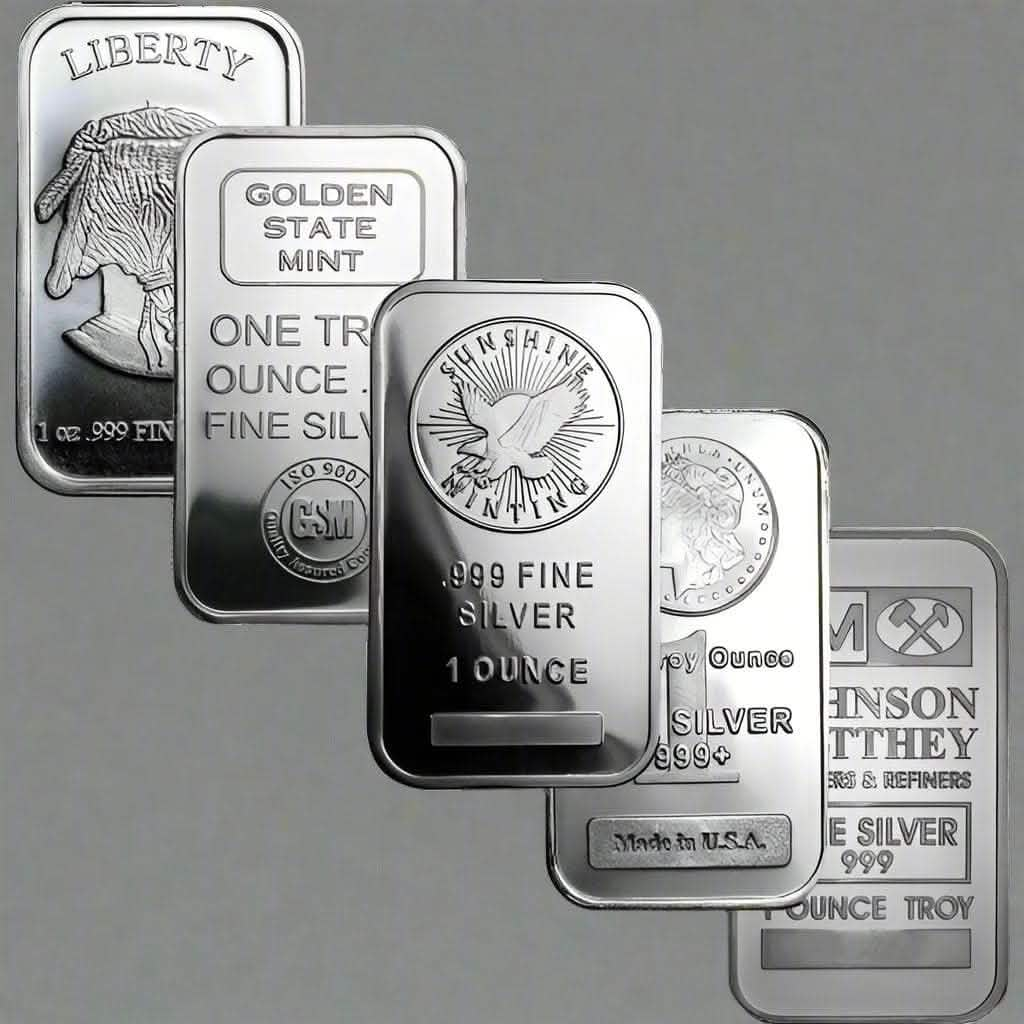The term "troy ounce" often surfaces in the intricate realm of precious metals, whether you're an investor eyeing gold, a numismatist fascinated by silver coins, or simply a precious metal enthusiast. But what exactly does it mean? Understanding the concept of the troy ounce is crucial for making informed investments and deepens your appreciation of this timeless industry. In this blog post, we'll unravel the mystery of the troy ounce, exploring its history, relevance in today's market, and implications for precious metal trading. By the end, you'll have a solid grasp of why this unit of measurement continues to hold weight in the world of gold and silver.
The Origins of the Troy Ounce
A Medieval Beginning
The troy ounce has its roots in the medieval trading hub of Troyes, a city in northeast France. During the Middle Ages, Troyes was a bustling center for commerce where traders from all over Europe would gather. Here, the Troy weight system was developed and adopted for trading purposes. The city of Troyes was strategically positioned along a trade route connecting different regions, facilitating the exchange of goods and ideas. The term "troy" itself is believed to be derived from this historic city, reflecting the significance of trade in the development of weight measurements.
Standardization Across Europe
As trade across Europe grew more complex, the need for a consistent and reliable system of weights became increasingly important. The troy ounce was standardized as part of the weight system, which included other units like the troy pound. This system provided a uniform measure for precious metals, facilitating transactions between merchants in different regions. The standardization of the troy ounce helped eliminate discrepancies and disputes over weight measurements, allowing for smoother trade in gold, silver, and other valuable commodities. It laid the foundation for modern weight standards in the precious metals trade.
Adoption in the Precious Metals Market
The troy ounce quickly gained prominence in markets dealing with precious metals. Its adoption was driven by its precision and suitability for measuring small quantities of high-value materials. Gold and silver traders favored the troy ounce for its ability to accurately represent the weight of coins, bars, and other forms of bullion. The transition from local measurement systems to the troy ounce was a significant development that brought consistency and reliability to the precious metals trade. It became the go-to unit of measurement for dealers, investors, and collectors alike, ensuring fair and transparent transactions.
Understanding the Troy Weight System
Components of the Troy Weight System
The troy weight system comprises several units, with the troy ounce being the most recognized. It also includes the troy pound, which consists of 12 troy ounces. Unlike the more commonly known avoirdupois system, used for everyday items, the troy system is specifically tailored to trade precious metals. Each troy ounce is further divided into 20 pennyweights or 480 grains. This level of granularity allows for precise measurement, which is essential for valuing and trading high-value commodities like gold and silver. The system's components provide a comprehensive framework for measuring precious metals.
Comparison with the Avoirdupois System
Unlike the Troy system, the avoirdupois system is widely used for everyday items, with a pound consisting of 16 ounces. In contrast, the troy ounce is slightly heavier than the avoirdupois ounce, weighing approximately 31.1035 grams compared to the 28.3495 grams of the avoirdupois ounce. This difference may seem minor, but it has significant implications for the trading and valuing of precious metals. Understanding the distinction between these systems is crucial for anyone buying, selling, or collecting precious metals, as it ensures accurate pricing and prevents costly mistakes.
Practical Implications of the Troy Ounce
Using the troy ounce has practical implications for those dealing with precious metals. When purchasing gold, silver, or other valuable commodities, verifying whether the weight is listed in troy ounces is essential to avoid confusion or miscalculations. For investors, the troy ounce provides a standard unit for assessing the value of holdings, allowing for accurate comparisons across different assets and markets. Numismatists and collectors also rely on the troy ounce to evaluate the authenticity and worth of coins and bullion, ensuring they make informed decisions.
The Role of the Troy Ounce in Precious Metal Trading
A Trusted Standard
The troy ounce remains a trusted standard in the trade of precious metals. Its consistency and accuracy have made it a preferred unit for valuing gold, silver, platinum, and palladium. Traders and investors depend on the troy ounce to establish fair prices and ensure equitable transactions. The wide acceptance of the troy ounce across global markets further reinforces its status as a reliable measurement. Whether trading on the stock exchange or dealing directly with dealers, the troy ounce provides a common language that facilitates communication and understanding between buyers and sellers.
Market Dynamics and Pricing
The price of precious metals is often quoted in troy ounces, serving as a benchmark for market dynamics. Factors such as supply and demand, geopolitical events, economic trends, and investor sentiment influence fluctuations in the price per troy ounce. Understanding these dynamics is essential for anyone involved in the precious metals market, as it provides insights into potential opportunities and risks. By closely monitoring price movements and analyzing market trends, investors can make informed decisions about buying, selling, or holding precious metal assets.
Investment Strategies
The troy ounce plays a crucial role in formulating investment strategies for investors. Precious metal portfolios are often measured in troy ounces to assess value and track performance over time. The troy ounce provides a consistent unit for comparing different investments, enabling investors to evaluate their holdings about broader market trends. By incorporating the troy ounce into their investment analyses, investors can develop strategies that align with their financial goals and risk tolerance. This approach enhances decision-making and helps investors capitalize on opportunities in the precious metals market.
The Significance of the Troy Ounce for Numismatists
Evaluating Coinage and Bullion
Numismatists value the troy ounce for its role in evaluating coinage and bullion. It provides a reliable reference point for assessing the weight and purity of coins. Collectors and numismatists rely on the troy ounce to determine the intrinsic value of coins, considering factors such as metal content and historical significance. The troy ounce also guides appraising rare coins and estimating their worth in the market. By understanding the weight and composition of coins in troy ounces, numismatists can make informed decisions about acquisitions and sales.
Historical Significance
The troy ounce carries historical significance, reflecting the evolution of trade and commerce over centuries. It is a testament to the enduring importance of precious metals in human history and their role as a store of value. Numismatists appreciate the historical context of the troy ounce and its impact on the development of coinage and monetary systems. By exploring the origins and evolution of the troy ounce, numismatists gain a deeper understanding of the cultural and economic forces that shaped the precious metals market. This appreciation enriches their knowledge and enhances their passion for collecting.
Preserving Heritage and Tradition
Numismatists play a vital role in preserving the heritage and tradition of the troy ounce. By collecting and studying coins and bullion, they contribute to preserving historical artifacts and the stories they tell. Numismatists ensure that the troy ounce's legacy is passed down to future generations, fostering an appreciation for its significance in the world of precious metals. Through their dedication and expertise, numismatists safeguard the knowledge and traditions of the troy ounce, ensuring its continued relevance in an evolving landscape.
Conclusion
In the captivating world of precious metals, the troy ounce is a pillar of consistency and reliability. Its rich history, precise measurement, and role in valuing gold, silver, and other commodities make it an essential concept for precious metal enthusiasts, investors, and numismatists. By understanding the intricacies of the troy ounce, you gain valuable insights into the market dynamics, investment strategies, and historical significance of precious metals. Whether buying, selling, or collecting, the troy ounce provides a trusted standard that ensures informed decisions and equitable transactions. As you explore the world of precious metals, remember that the troy ounce is more than just a unit of weight—it's a gateway to a fascinating realm where history, value, and craftsmanship converge.
